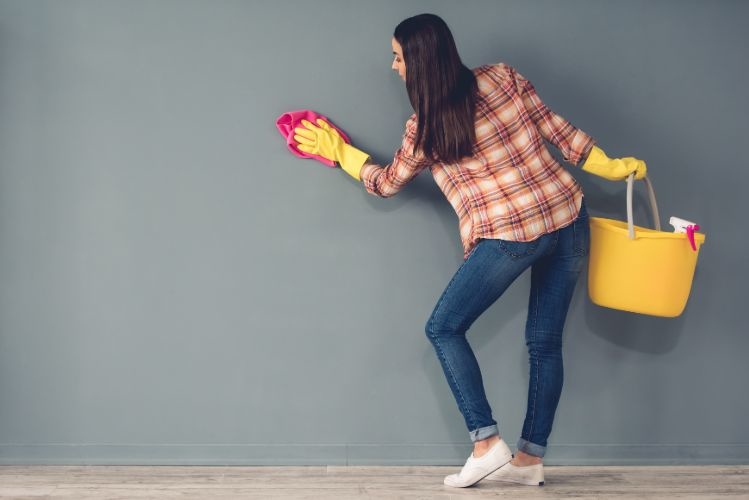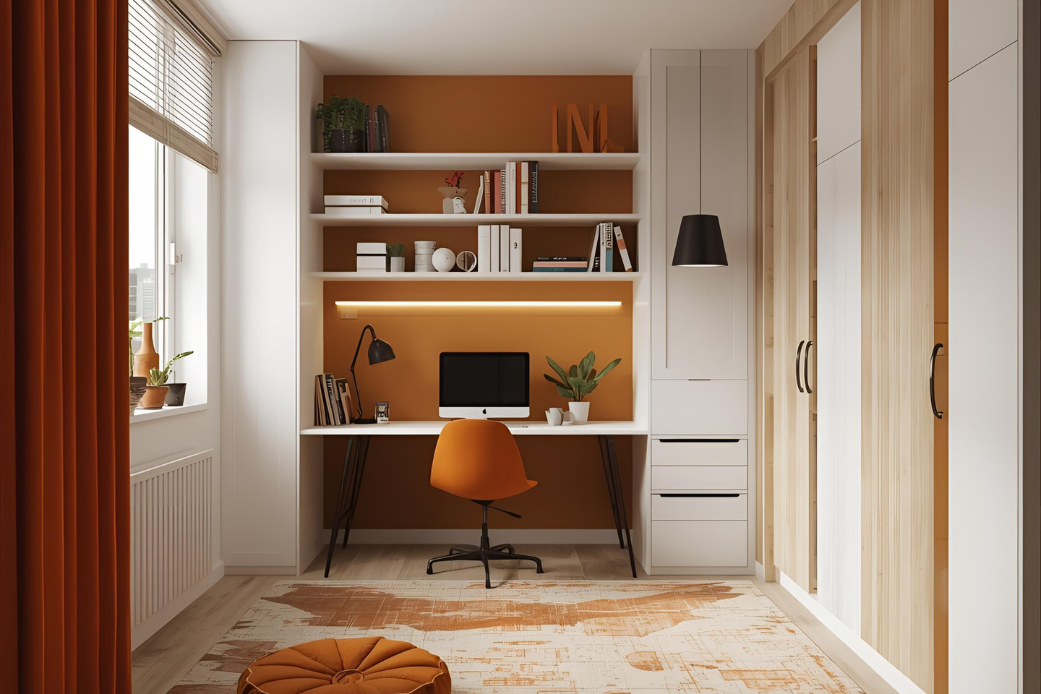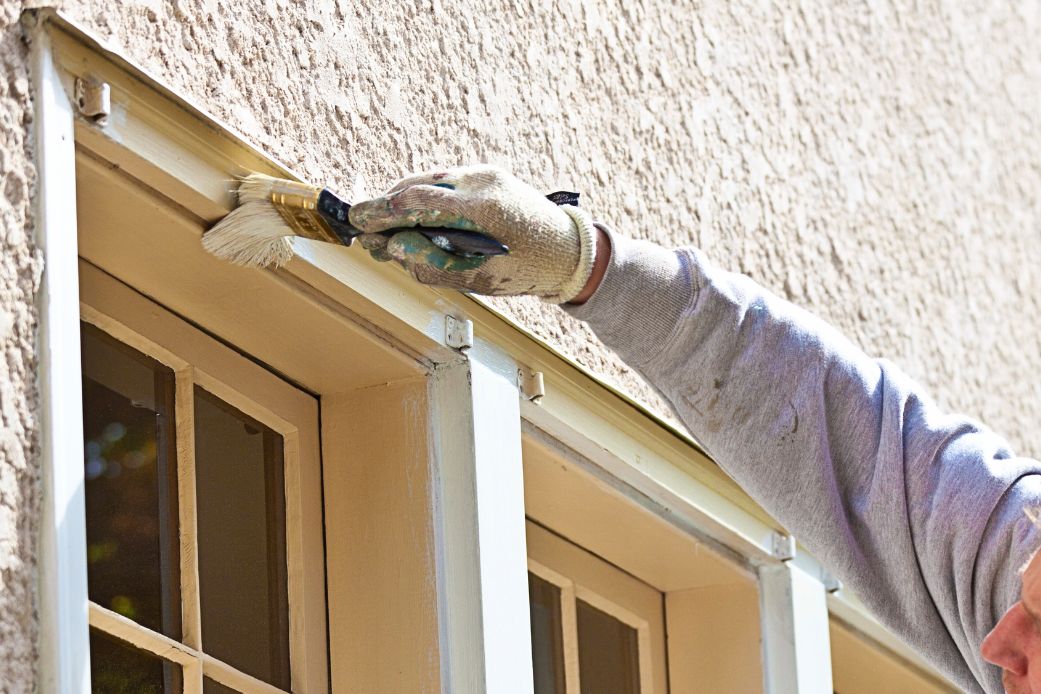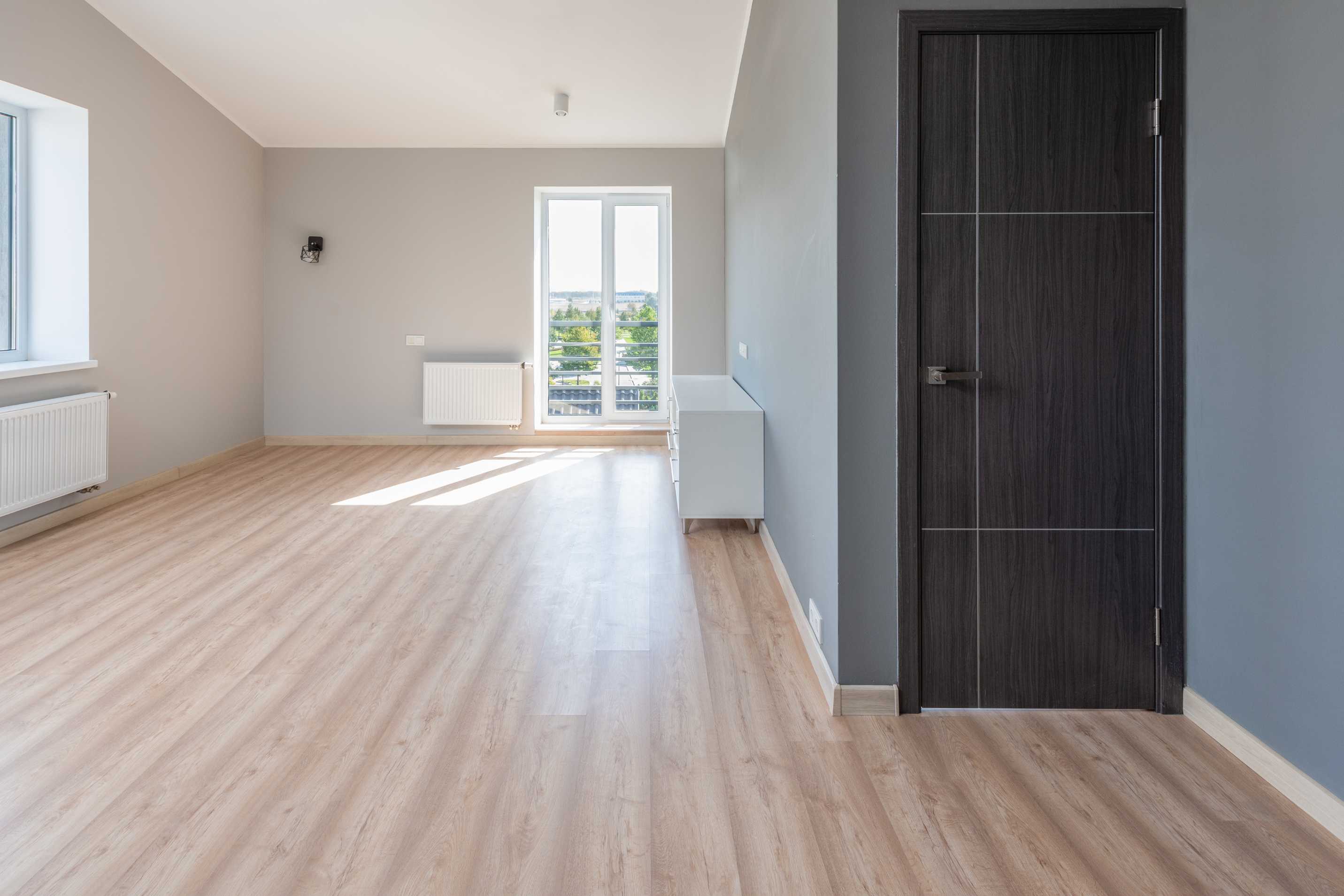
Cleaning and degreasing: how to properly prepare the surface
A grease-free and clean surface is an absolute prerequisite for a successful paint job. Paint is not a great fan of dirt and grease - sorry John. A greasy or dirty substrate interferes with the paint's capacity to adhere properly, which might end up resulting in flaky paint or discolouration later on. Thorough preparation by cleaning and degreasing will prevent this, as you create the perfect base for a perfect result.
A grease-free and clean surface is an absolute prerequisite for a succesful paint job. Paint is not a great fan of dirt and grease - sorry John. A greasy or dirty substrate interferes with the paint's capacity to adhere properly, which might end up resulting in flaky paint or discoloration later on. A thorough preparation by cleaning and degreasing will prevent this, as you create the perfect base for a perfect result.
When should you degrease?
Whether you'll be painting wood, tiles, walls or ceilings,... The first step should always be to clean and degrease before you start sanding. If you don't do it in advance, you'll be sanding the grease and dirt into the surface. Obviously, you'll want to avoid that, as it will ruin your hard work. Moreover, your sanding paper will last a bit longer when it doesn't have to take off excess layers. Afterwards, it's not really necessary to degrease a second time. After sanding, it's enough to remove any remaining dust with a dusting brush, or a microfibre cloth.
How to clean and degrease the surface
The easiest, most common - and very effective - degreaser is something you probably already have in your cupboards: detergent. Just dissolve a bit in a large amount of water, and you're ready to go. Another well-known household degreaser is ammonia, diluted in water. However... Even though it has excellent degreasing properties, ammonia might be less desirable to use. It has a very strong, unpleasant odour and is not very environmentally friendly either.
Are you looking for an equally excellent, professional degreaser? Berdy Clearline Degreaser is a highly concentrated degreaser for various usage. It contains neither ammonia, nor chlorine. You can use it on just about any surface. Thanks to its concentrated formula, a very small amount already leads to big results. On top of that, it's extremely fast-working.
Another easy yet tremendously effective product is Solarine Cleanup Liquid. It's ideal for refreshing or cleaning painted surfaces before repainting them. This too is a very concentrated product, of which you don't need to use all too much to obtain great results. Bonus: you don't even need to rinse it off. How easy is that?! By the way, you can also use Solarine Cleanup Liquid to clean your painting supplies after you've finished using them. A product very much worth having!
A few other tips
It's best to avoid White Spirit as a degreaser when you're painting wood. Even though it has cleaning properties, it leaves a thin, greasy layer, which will interfere with the paint's adhesive properties. Cleaning Petrol, on the other hand, is a good degreasing option.
Remember it's still recommended to degrease new, unpainted wood. Preparing a surface when it really wasn't necessary is always better than not having prepared it when in fact you should have, as you risk messing up your paint job. Always better safe than sorry!
Do you have any questions about this topic? Ask us in the comment section below or contact us.






